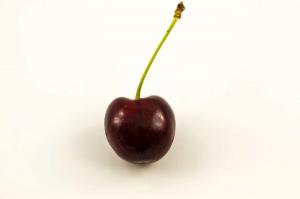Introduction
Indoor plants have become a popular way to bring nature into our houses. Not only do they purify the air, but they also add a touch of greenery to our living spaces. However, to make sure that your indoor plants thrive, you need to choose the right pot. In this article, we will discuss what kind of pot to use for indoor plants.
Clay Pots
Clay pots are a popular choice due to their porous nature, which means that excess water can drain out easily. This helps prevent overwatering, which can cause root rot. Furthermore, clay pots are heavy, which makes them suitable for plants that require more stability. However, you need to make sure that the clay pot is not too small, as the dryness of clay can cause the soil to dry out faster.
Plastic Pots
Plastic pots are a popular choice because they are lightweight and cheap. Furthermore, they retain moisture better than clay pots, which can be beneficial for plants that require more water. However, plastic pots are not as breathable as clay pots and can cause the soil to become waterlogged if there is excess water. Additionally, plastic pots can degrade over time due to sun exposure, which can lead to cracks and breakage.
Ceramic Pots
Ceramic pots come in different shapes, sizes, and colors, making them an aesthetically pleasing choice for indoor plants. Furthermore, they provide good insulation, which means that the soil stays moist for longer. However, some ceramic pots may not have drainage holes, which can cause water to pool at the bottom and lead to overwatering. Additionally, ceramic pots can be heavy, which can make them difficult to move around.
Self-Watering Pots
Self-watering pots are a popular choice for people who travel frequently or are forgetful about watering their plants. These pots have a water reservoir at the bottom that releases water slowly into the soil as needed. However, you need to make sure that the self-watering pot has drainage holes and that the soil does not become waterlogged.
Conclusion
In conclusion, the choice of pot for your indoor plant depends on the specific needs of the plant. Clay pots are good for plants that require good drainage, plastic pots are suitable for plants that require more water, ceramic pots are aesthetically pleasing but may not have drainage holes, and self-watering pots are suitable for people who travel frequently or are forgetful about watering their plants. Before choosing a pot, make sure to understand the needs of your plant and the benefits and drawbacks of each type of pot.

 how many times do yo...
how many times do yo... how many planted tre...
how many planted tre... how many pine trees ...
how many pine trees ... how many pecan trees...
how many pecan trees... how many plants comp...
how many plants comp... how many plants can ...
how many plants can ... how many plants and ...
how many plants and ... how many pepper plan...
how many pepper plan...































